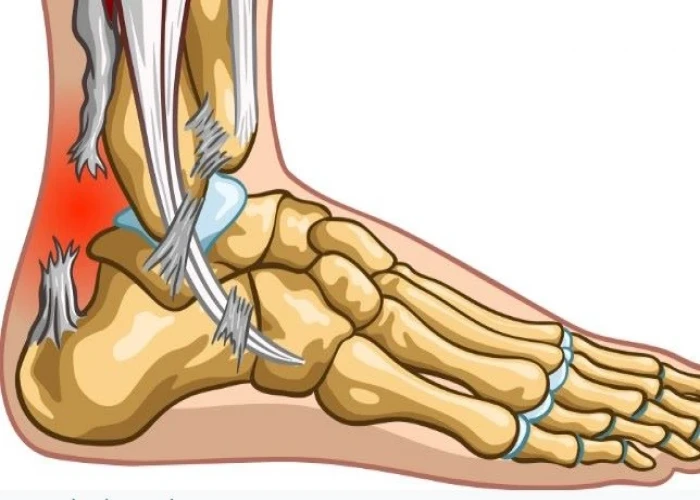 Welcome
Welcome
“May all be happy, may all be healed, may all be at peace and may no one ever suffer."
Median arcuate ligament syndrome (MALS)
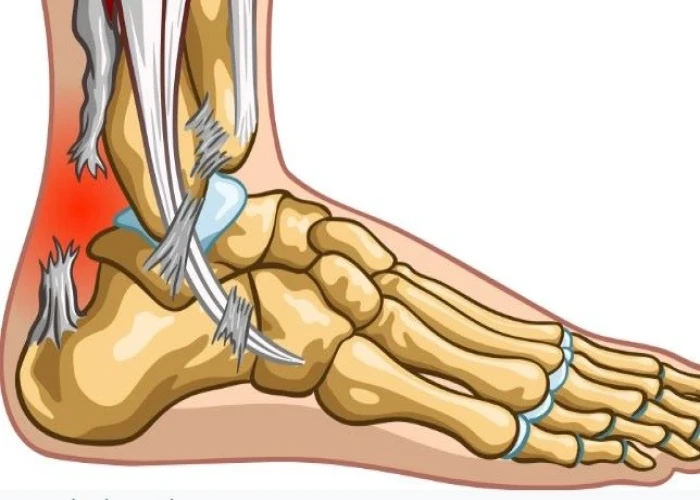
Median arcuate ligament syndrome (MALS) is a rare condition that occurs when the median arcuate ligament, a band of tissue that connects the diaphragm and the spine, compresses the celiac artery, a major blood vessel that supplies the stomach, liver, and other organs in the abdomen.
The compression of the celiac artery can cause a variety of symptoms, including:
- Abdominal pain, especially after eating
- Nausea and vomiting
- Weight loss
- Diarrhea or constipation
- Fatigue
The exact cause of MALS is not fully understood, but it is thought to be related to abnormal anatomy of the median arcuate ligament or surrounding tissues. The condition is more common in women and may be associated with certain connective tissue disorders or conditions that affect blood vessel elasticity.
Diagnosis of MALS may involve imaging tests such as ultrasound, CT scan, or MRI to visualize the compression of the celiac artery. Treatment options for MALS may include surgical or non-surgical approaches, depending on the severity of symptoms and the underlying cause of the condition. Non-surgical treatments may include dietary changes, medication to manage symptoms, and nerve blocks to relieve pain. In more severe cases, surgical intervention may be necessary to release the compression of the celiac artery.
If you suspect that you may have MALS or are experiencing symptoms, it is important to discuss your concerns with your healthcare provider. They can help determine the underlying cause of your symptoms and develop an appropriate treatment plan.
Research Papers
Disease Signs and Symptoms
- Burning stomach pain
- Abdomen pain after eating
- Abdomen bloating
- Nausea or vomiting
- Diarrhea
Disease Causes
Median arcuate ligament syndrome (MALS)
Doctors aren't exactly sure what causes median arcuate ligament syndrome. The causes and diagnosis of MALS has been a subject of controversy. The signs and symptoms may be due to a lack of blood flow through the celiac artery, or compression on the nerves (neurological) of the celiac ganglion causing the pain.
Disease Prevents
Disease Treatments
Surgery is the only treatment option for MALS. The most common procedure is called median arcuate ligament release, or median arcuate ligament decompression. It's usually done as an open surgery but sometimes can be done as a minimally invasive (laparoscopic or robotic) procedure.
While you're under general anesthesia, a surgeon divides the median arcuate ligament and network of nerves in the stomach area (celiac plexus). Doing so provides more room for the artery, restores blood flow and relieves pressure on the nerves.
Some people with MALS may need an open surgery to repair or replace a blocked celiac artery and fully restore blood flow (revascularization).
If you have MALS release surgery, you'll usually stay in the hospital for two to three days. You'll need an ultrasound about a month after surgery to confirm that blood flow through the celiac artery is fully restored. Several studies have shown that surgery to release the median arcuate ligament is safe, even in children with MALS. It often results in immediate pain relief and improves the person's quality of life.
Disease Diagnoses
Disease Allopathic Generics
Disease Ayurvedic Generics
Disease Homeopathic Generics
Disease yoga
Median arcuate ligament syndrome (MALS) and Learn More about Diseases
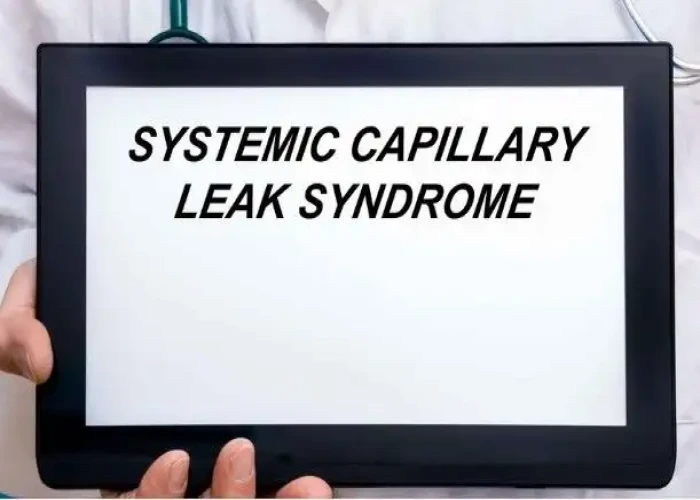
Systemic capillary leak syndrome
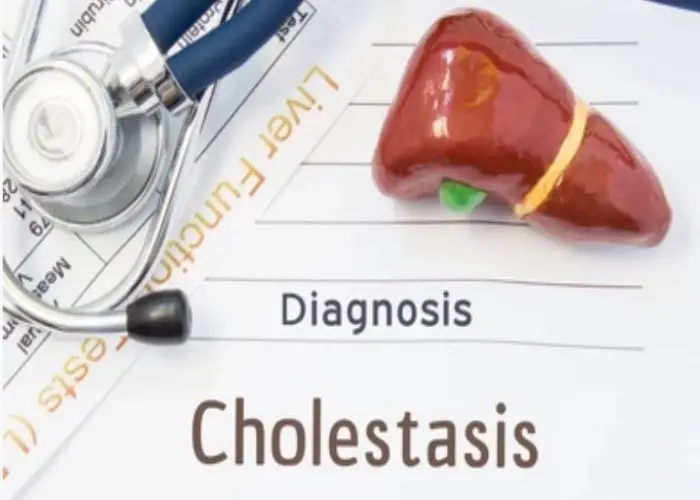
Cholestasis of pregnancy

Childhood schizophrenia

Attention-deficit/hyperactivity disorder (ADHD) in children
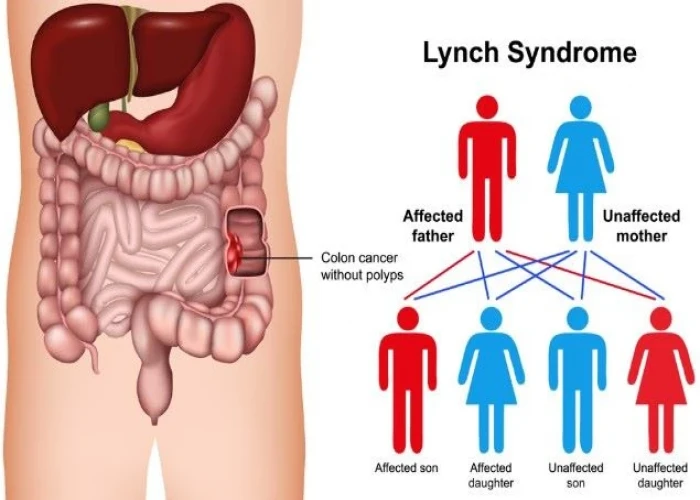
Lynch syndrome

Stevens-Johnson syndrome

Hamstring injury
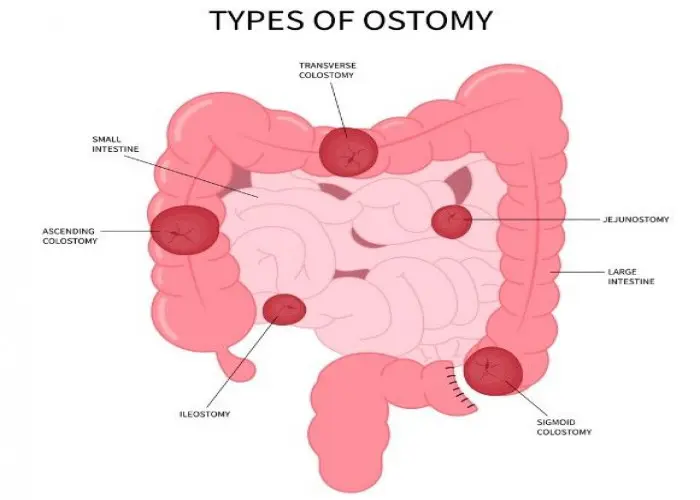
Familial adenomatous polyposis
Median arcuate ligament syndrome mals, মিডিয়ান আরকিয়েট লিগামেন্ট সিন্ড্রোম, ম্যালস
To be happy, beautiful, healthy, wealthy, hale and long-lived stay with DM3S.
